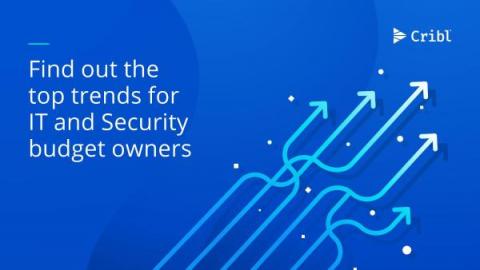Enabling TLS on a Cribl Leader Node: Step-by-Step Guide
Securing your internal systems with TLS can be a daunting task, even for experienced administrators. However, with the right tools and guidance, the process can be made more manageable. In this blog, we’ll show you how to enable TLS for your internal systems on your Cribl Leader Node. We’ll walk you through the steps, and provide a video tutorial embedded below to help you follow along.




